 Abraham Lincoln
If given the truth, the people can be depended upon to meet any national crisis...
Abraham Lincoln
If given the truth, the people can be depended upon to meet any national crisis...
 Guildford news...
for Guildford people, brought to you by Guildford reporters - Guildford's own news service
Guildford news...
for Guildford people, brought to you by Guildford reporters - Guildford's own news service
Birdwatcher’s Diary No.231
Published on: 8 May, 2021
Updated on: 8 May, 2021
By Malcolm Fincham
To my delight, the pied flycatcher mentioned in my previous report was still present at Britten’s Pond on April 14, allowing plenty of fellow birdwatchers the chance to view it.
I even found time to return to Britten’s Pond where I had first spotted it, the previous day.
Although mostly dry weather continued, temperatures continued to remain below average with overnight frosts, as we moved into the second half of the month.
While daytime warmth barely rose into double figures, resident birds seemed resilient to the continuing below average climate conditions, although the influx of summer visiting birds appeared to be below the norm for this time of the year.
Having already seen a male orange-tip butterfly, included my previous report, I was also able to add a female on April 19, noted by its black wing-tips.
Also on April 19, another rare passing visitor had arrived in the Surrey countryside. This time near the car park at Newlands Corner. The sound of this wood warbler had been heard and located, singing high up in the trees, in the adjacent area of deciduous woodland.
Wood warblers were once recorded as a breeding bird in Surrey prior to the turn of the century. Alas, in recent years only rarely heard on passage to more northern territories.
It was a surprise, therefore, when a second one was heard singing on Puttenham Common on Sunday, April 25. This one continued to be heard singing there, until the end of the month.
The brent goose that had, remarkably, spent its time wintering at Tice’s Meadow, near Badshot Lea, rather than on the coast with the rest of its brethren, had finally left the reserve.
Although unlike the thousands that had already departed on their 2,500-mile migration back to their breeding grounds in Siberia, this one had only made it a few miles northward and could now be viewed at the Riverside Nature Reserve, near Burpham.
With the northerly theme in the flow of the wind continuing to push south across the country until the end of the month, a few of those wintering redwings and fieldfares were still being reported locally.
While in the area around Stoke Lake, just a trickle of summer visitors only increased in the last few days of the month.
At least four sedge warblers could be now heard singing around the reserve.
Although now in good number there, this year common whitethroats appeared to be arriving later. As were numerous other species.
Blackcaps seemed to be having another good year. My personal challenge being to pick out the non-singing females with their copper-coloured caps!
It wasn’t until the last few days of the month that hirundines could be seen in good numbers above the sewage works and over Stoke Lake. These were mostly swallows and house martins.
The first sightings this year of swifts could also be recorded there.
While by the lakeside, the first sounds of a reed warbler could at last be heard singing.
Although still rather chilly in the shade, the sun was now high enough in the sky to create enough warmth when it shone to entice a few butterflies out to play.
Brimstones continued to be most commonly seen.
A new addition to this year’s sightings was a speckled wood butterfly, as it typically flew around in some dappled sunlight.
Several holly blue butterflies could be noted emerging during the last week or so of the month at various sites I visited. But it wasn’t until April 27 that I was able to photograph one, as it settled on the holly bush in my back garden.
On my local travels I also got to view my first small copper butterfly of the year.
A few large white butterflies had also begun to emerge.
At Britten’s Pond by Salt Box Road, the usual sight of a cormorant could be viewed, perched up on the little island, drying off its wings after a session of fishing.
Unfortunately, the nuthatch that had set up its nest in a hole in a tree by the lake had been “rumbled!” A great spotted woodpecker was nearby, looking for an opportunity to raid the nest.
In spite of all attempts to guard the hole, when I visited the following day I found the nest had been raided.
A pair of common terns visited the pond on the evening of the 28th. Although unable to find a suitable place to nest, had moved on by the next day.
A gadwall also spent an evening there.
A pair of grey wagtails skimmed over the water, fly catching by one of the islands.
On the nearby heathland of Whitmoor Common, common whitethroats had at last arrived, although I had still not heard a willow warbler singing there. Nor the sound of a cuckoo in the area.
Linnets had begun to pair up there, the males now starting to develop their crimson-red chests.
A kestrel was regularly seen most evenings hunting over the heathland.
Although always resident there, treecreepers can be a challenge to spot, creeping mouse-like up the tree bark.
A visit to Pulborough Brooks in West Sussex on April 23 allowed me to add a few more species to this year’s sightings.
A few nightingales had just arrived. Although mostly skulking, it was a real delight once again to hear their song.
I was also able to add a lesser whitethroat to my year’s sightings.
Meanwhile, resident birds, such as song thrushes were well ahead in the “game”, already collecting food for their young!
A visit to Staines Reservoir on April 24, common and Arctic terns, black terns and little gulls could all be viewed as they lingered and fed a while prior to moving through to breeding grounds farther north. But all too distant to get decent photos.
The best I could do was one of a pair of shelducks as they flew past.
Wheatears were still passing through, heading for more northerly breeding grounds, counting seven on Staines Moor.
Skylarks and meadow pipits could be heard in song.
I also saw my first hobby of the year while there.
Finally, I decided upon a visit to Trigg’s Lock, near Sutton Green, having not been there in a while.
I was hoping one of the little owls I had seen there last year was still present.
I didn’t leave disappointed. He was still in his usual tree and looking down at me as I approached, as if to say “Oh no! Not him again!”
Having watched him from the footpath for several minutes and taken numerous photos, he obviously got bored with my presence, taking flight to a nearby tree.
About then, a wren perched up in a bush beside me, firing off a volley of its machine-gun-like song, suggesting it was time for me to depart.
It had been the coldest April since 1986, the driest and possibly sunniest too! And May’s forecast looked to be starting in the same theme.
Recent Articles
- Press Regulator Condemns Behaviour of News Group Newspapers
- MP Says Raw Sewage Flooding Gardens is ‘Absolutely Disgusting’ – ‘Thames Water Must Stop It’
- Opinion: We Should Restore Clandon House
- Police Operation Puts Drug Gang Members Behind Bars
- Letter: Report on Councils’ Collaboration Benefits Has Been Over-hyped
- Council Tenants Unhappy With the Way GBC Handles Their Complaints
- Declaration Marks 750th Anniversary of a ‘Dark Day in Guildford’s History’
- Letter: For Democracy to Work We Need to Engage
- Reported Council Collaboration Savings Contested By Opposition Councillors
- Suspect Arrested Following Collision with Pedestrian in Guildford


Search in Site
Media Gallery
Dragon Interview: Local Artist Leaves Her Mark At One of England’s Most Historic Buildings
January 21, 2023 / No Comment / Read MoreDragon Interview: Lib Dem Planning Chair: ‘Current Policy Doesn’t Work for Local People’
January 19, 2023 / No Comment / Read MoreA3 Tunnel in Guildford ‘Necessary’ for New Homes, Says Guildford’s MP
January 10, 2023 / No Comment / Read More‘Madness’ for London Road Scheme to Go Ahead Against ‘Huge Opposition’, Says SCC Leader
January 6, 2023 / No Comment / Read MoreCouncillor’s Son Starts Campaign for More Consultation on North Street Plan
December 30, 2022 / No Comment / Read MoreCounty Council Climbs Down Over London Road Works – Further ‘Engagement’ Period Announced
December 14, 2022 / No Comment / Read MoreDragon Interview: GBC Reaction to the Government’s Expected Decision to Relax Housing Targets
December 7, 2022 / No Comment / Read MoreHow Can Our Town Centre Businesses Recover? Watch the Shop Front Debate
May 18, 2020 / No Comment / Read More



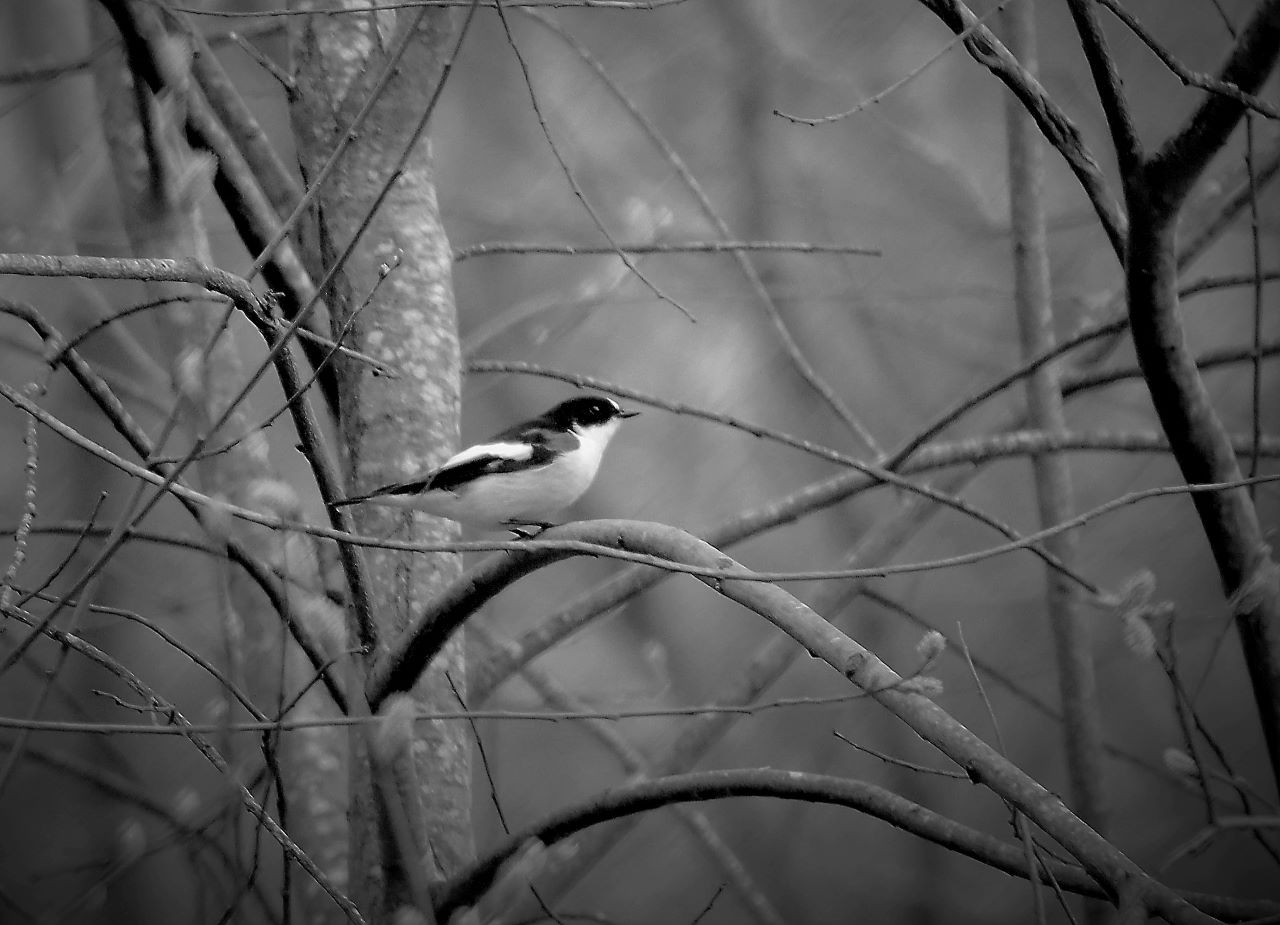
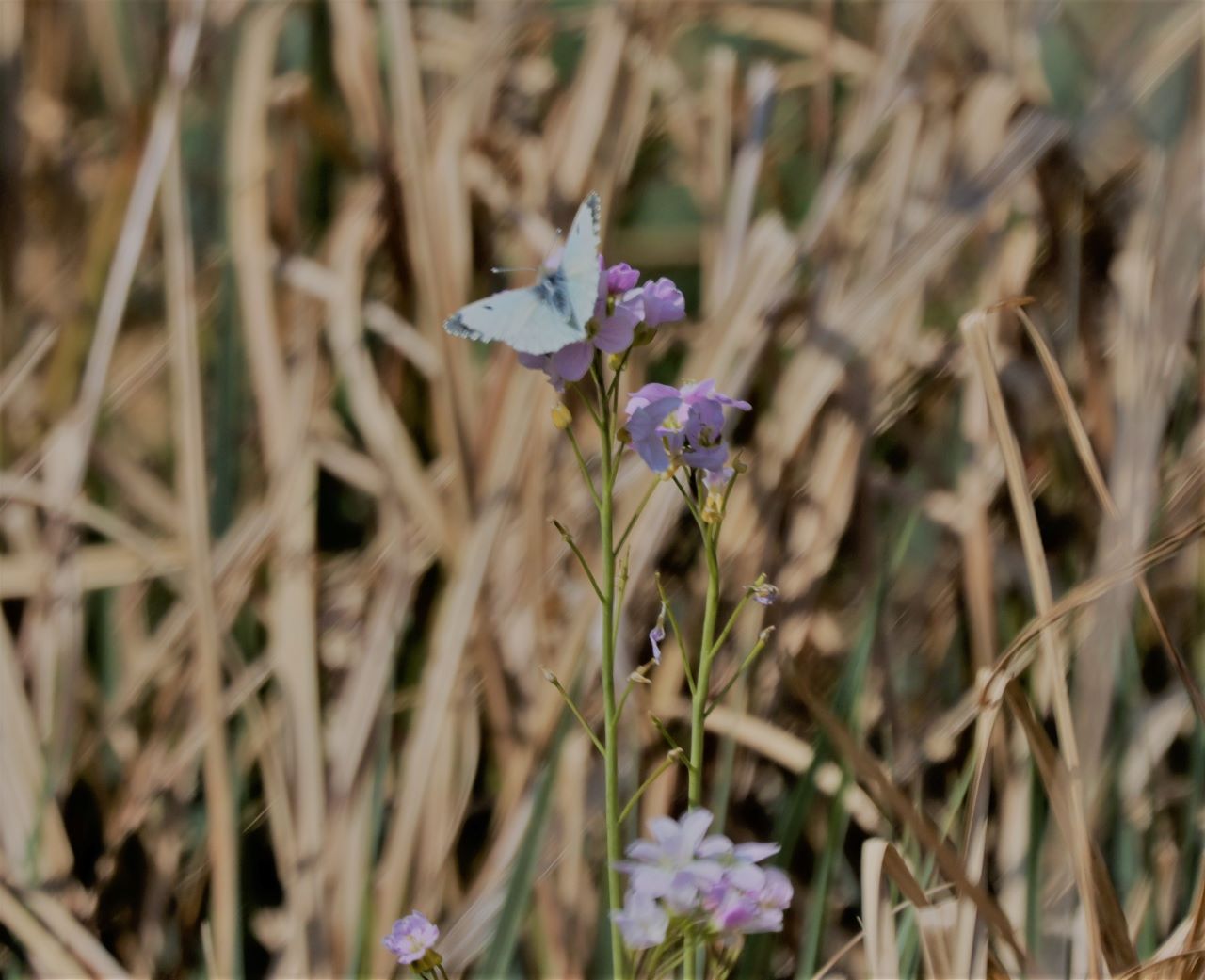


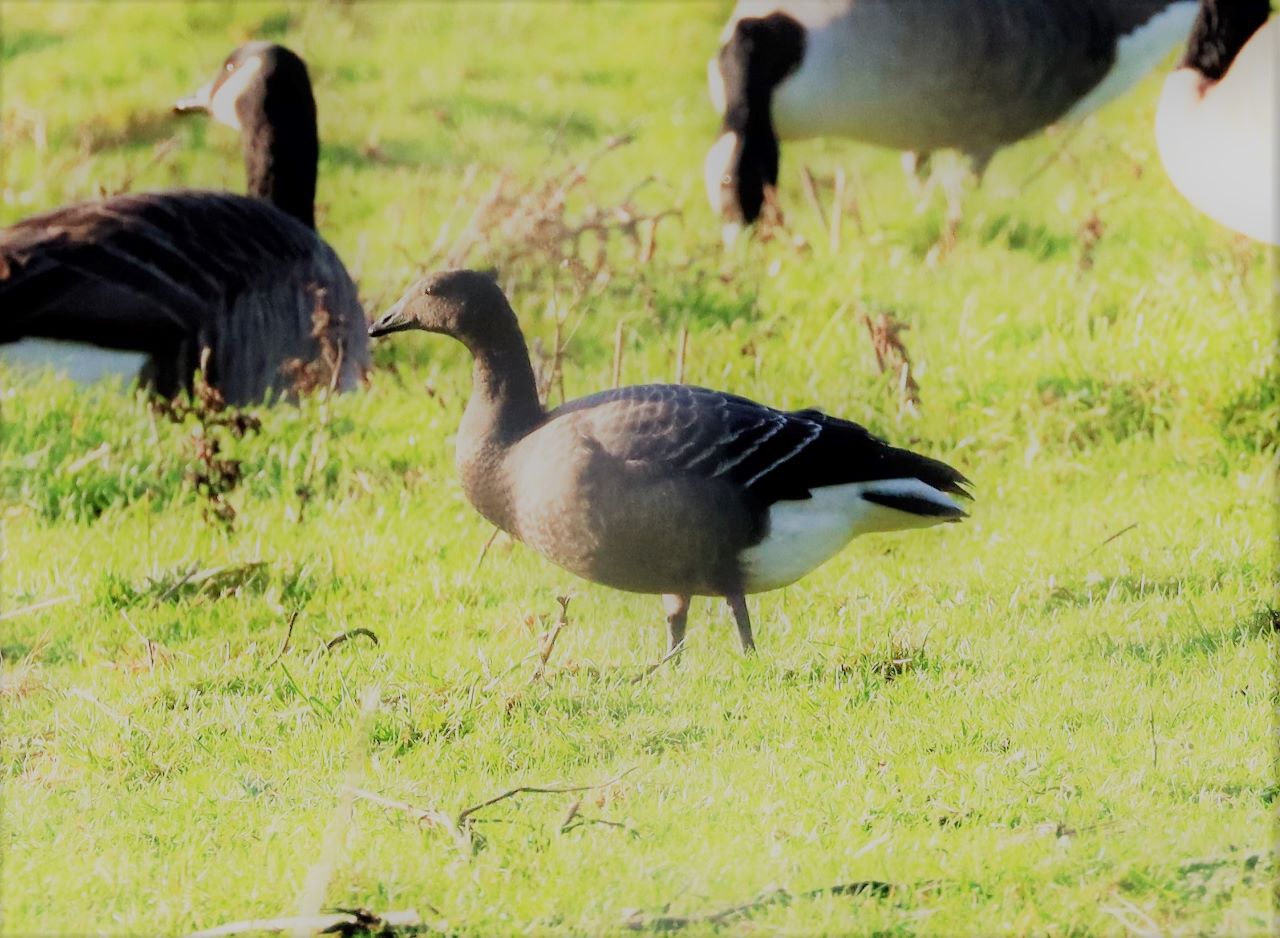

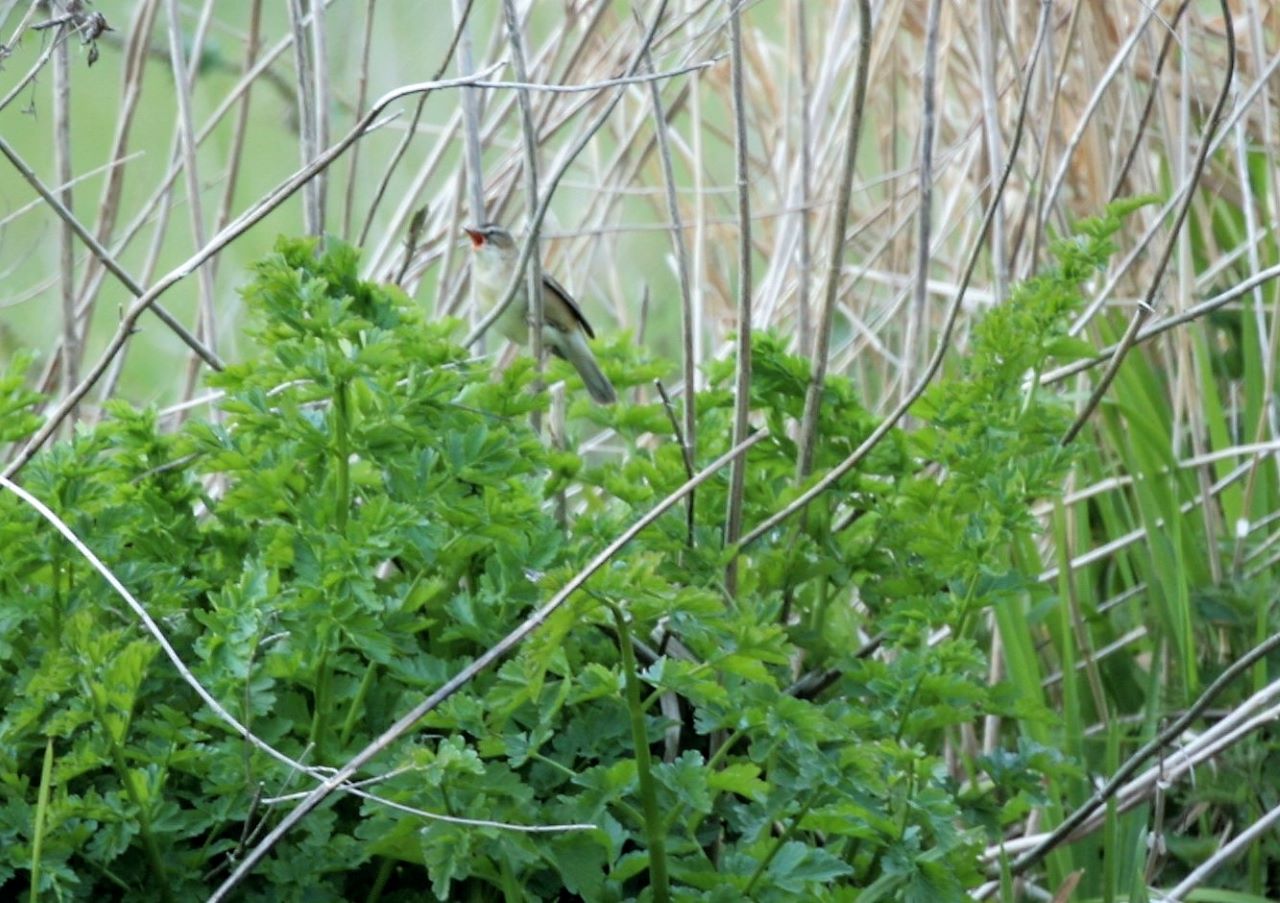


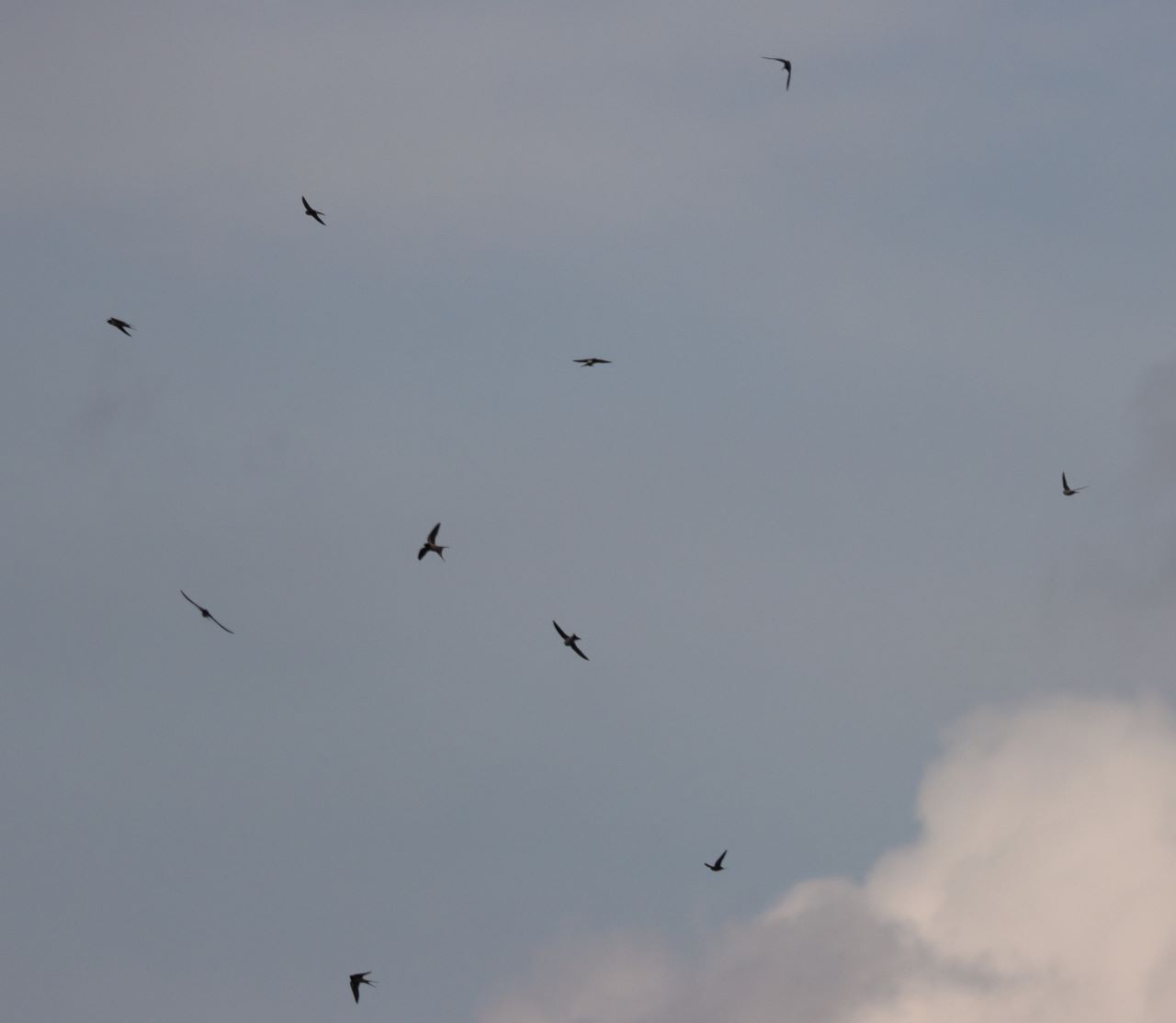
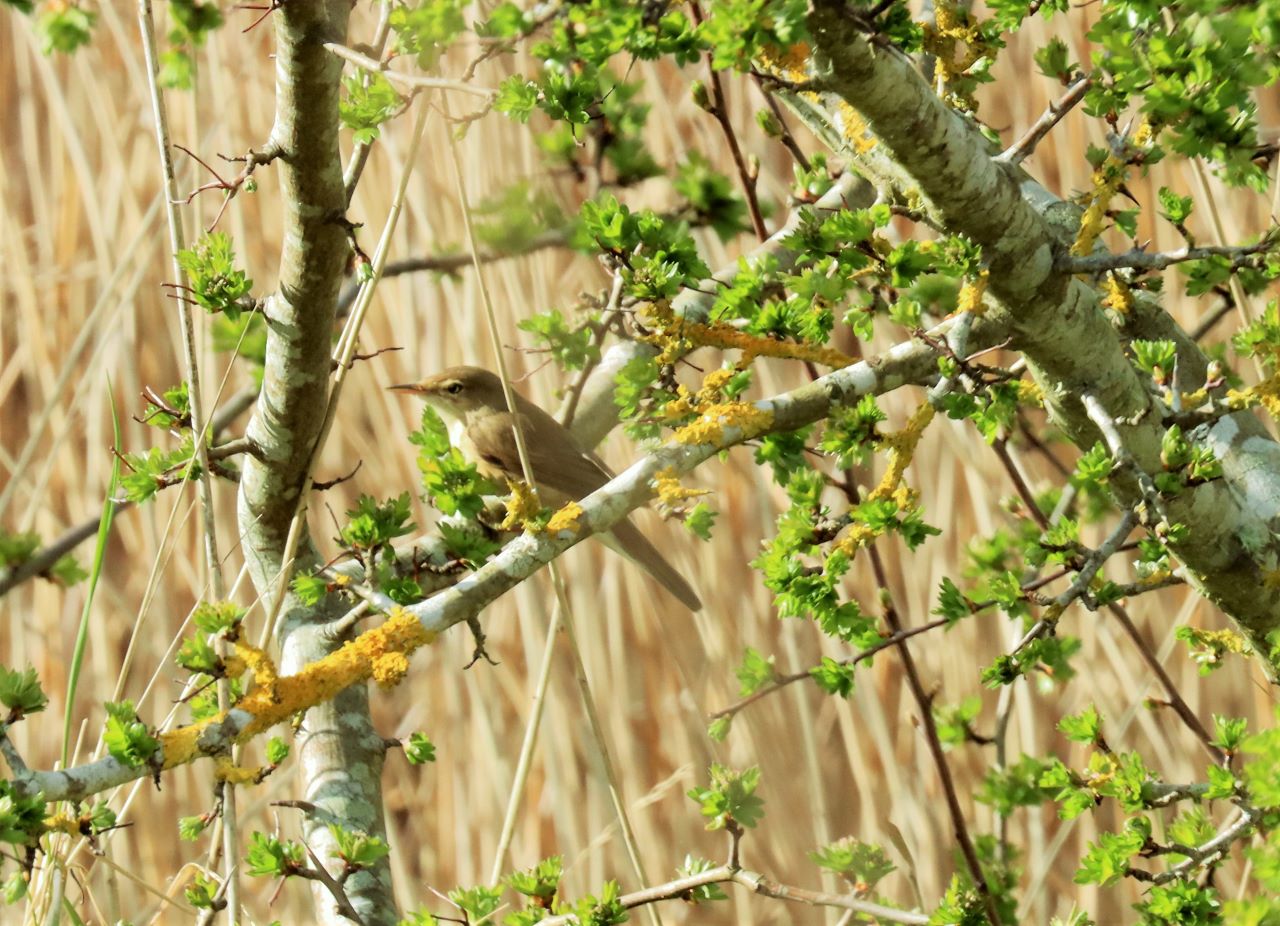
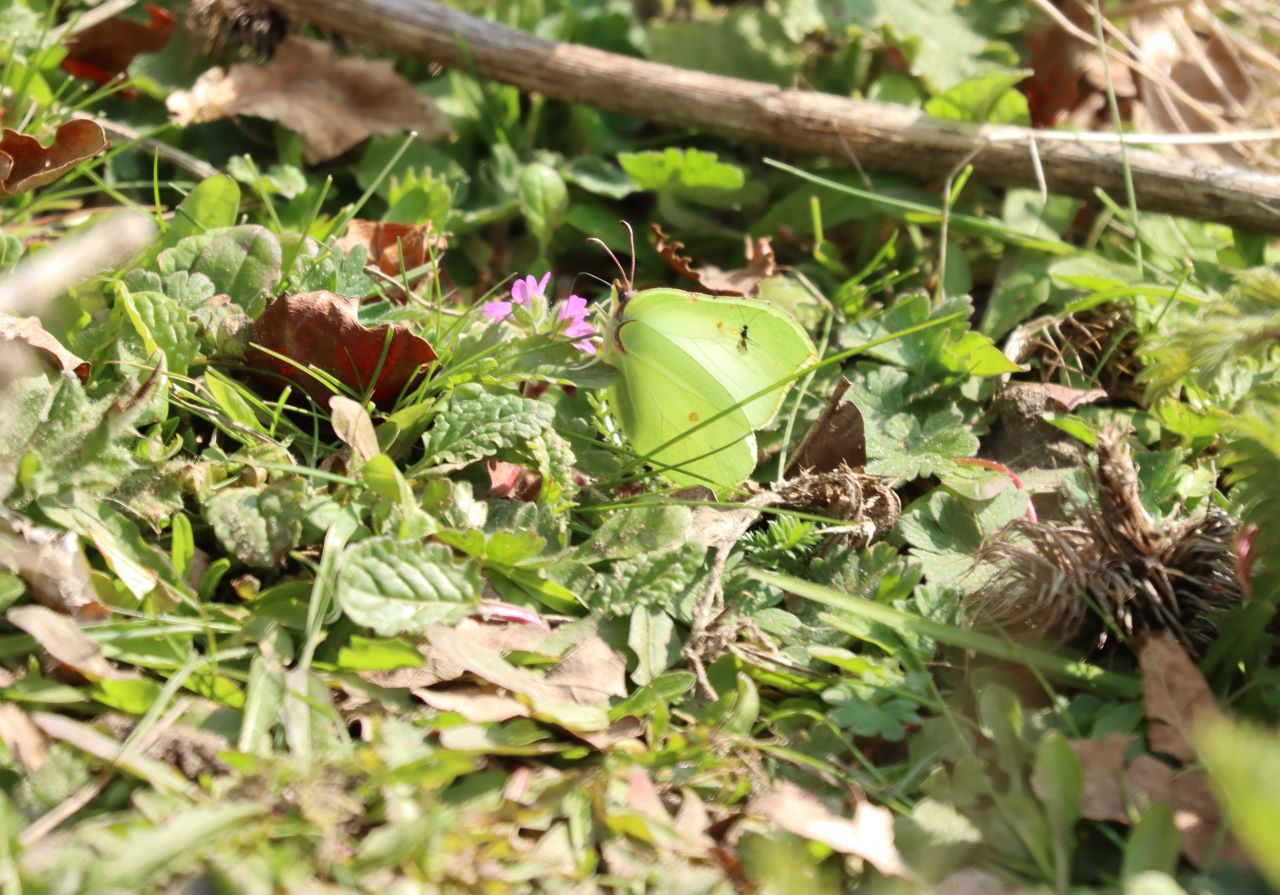
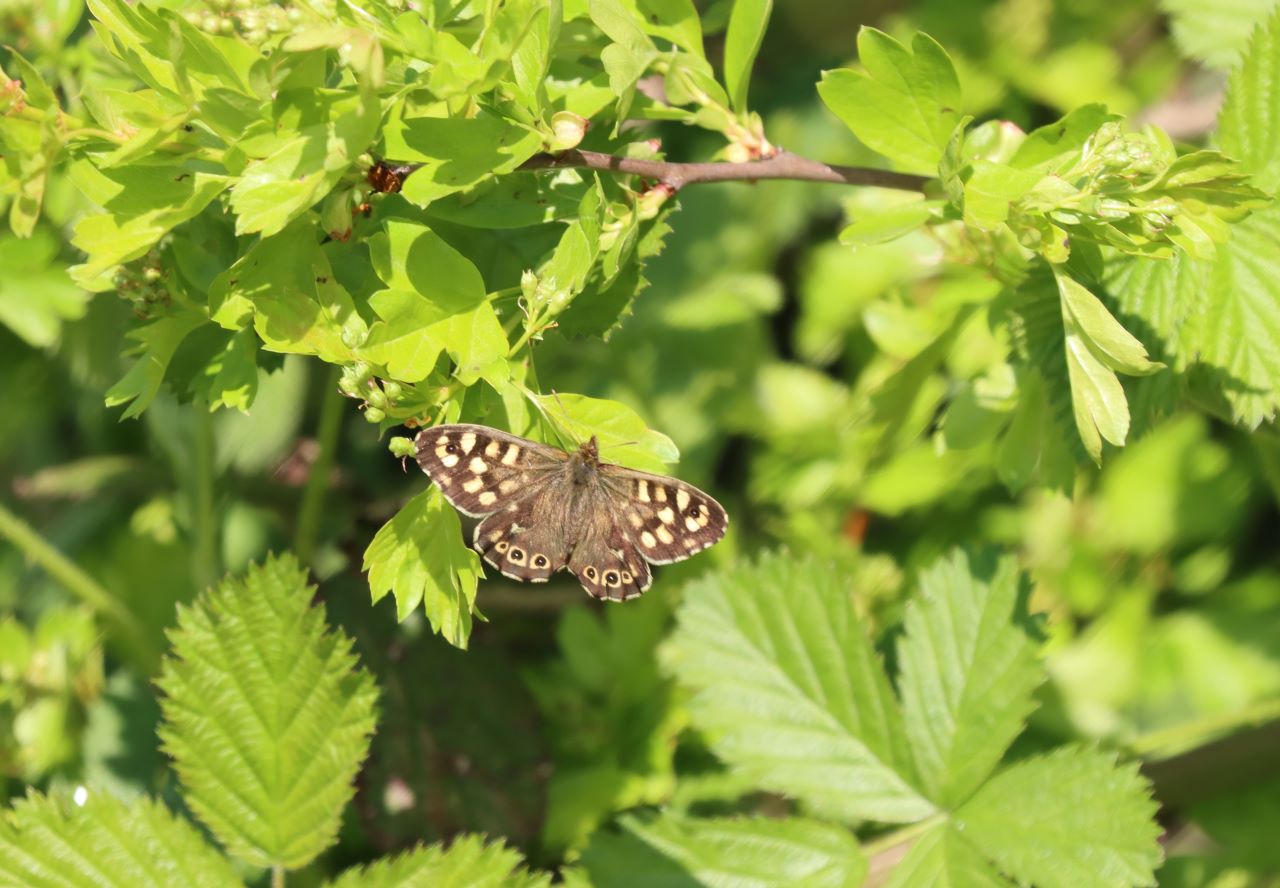
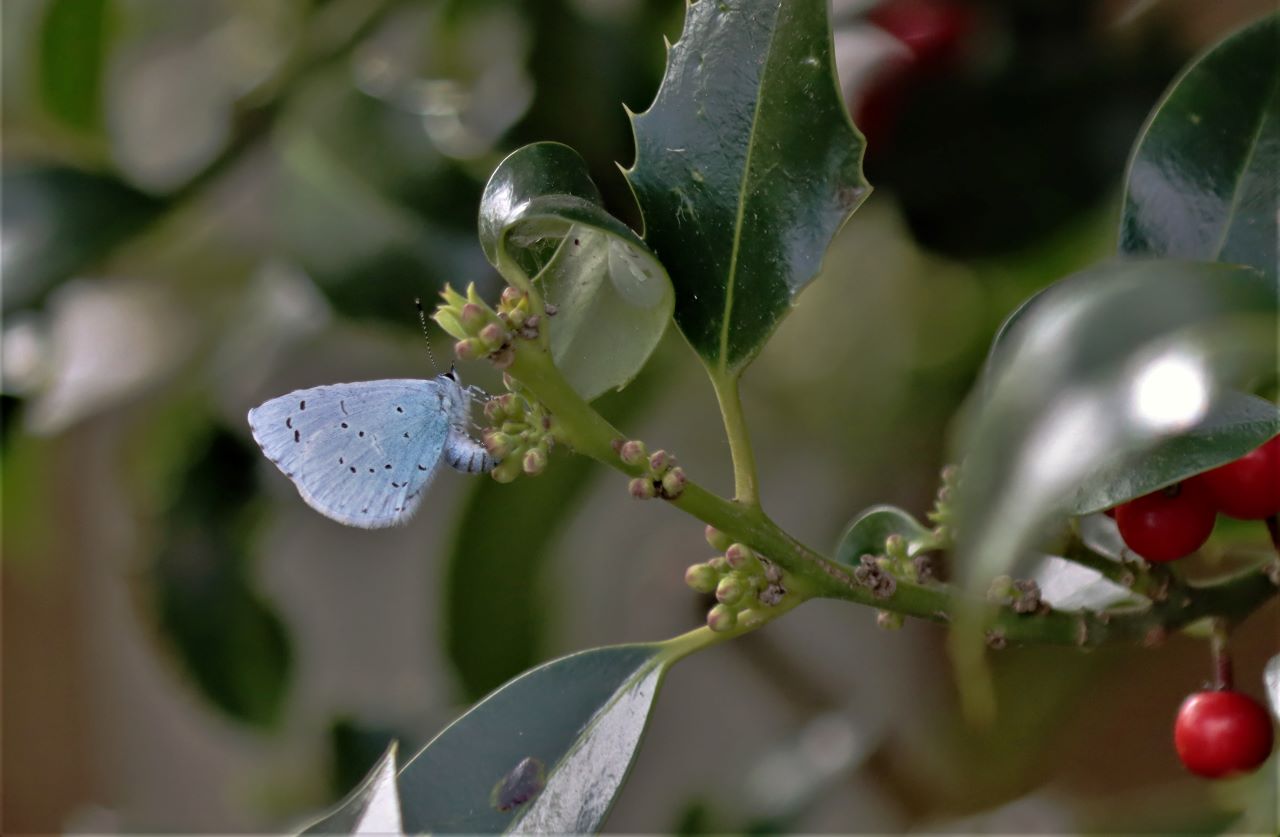
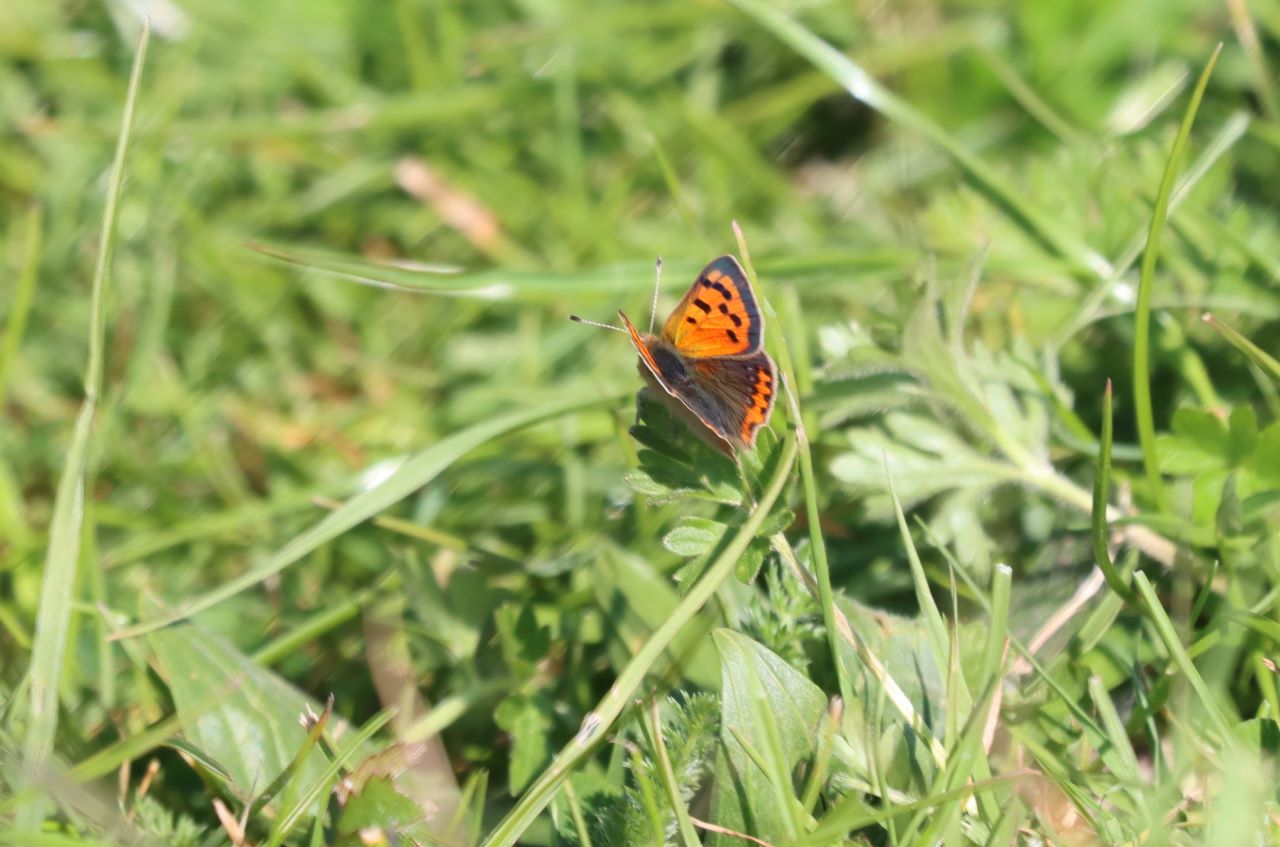

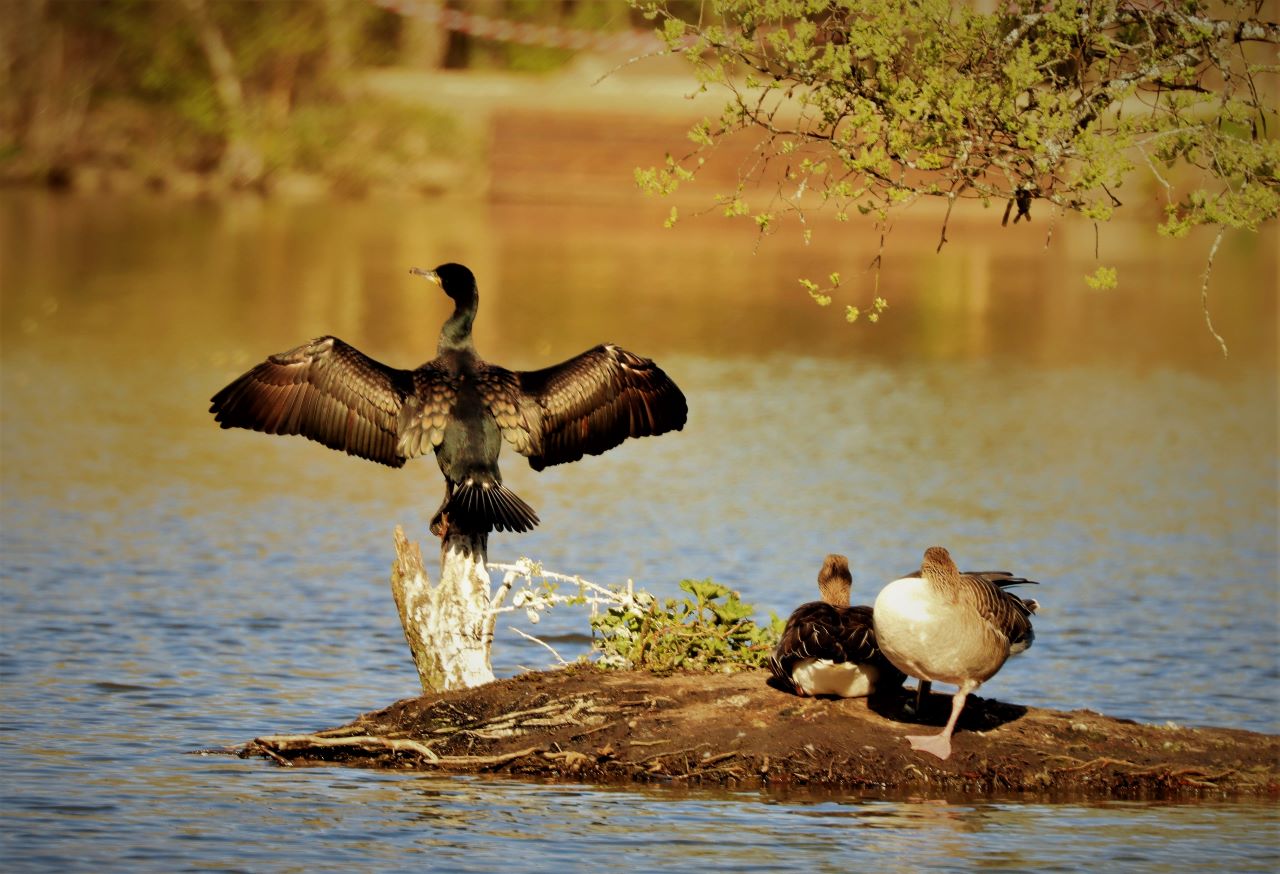
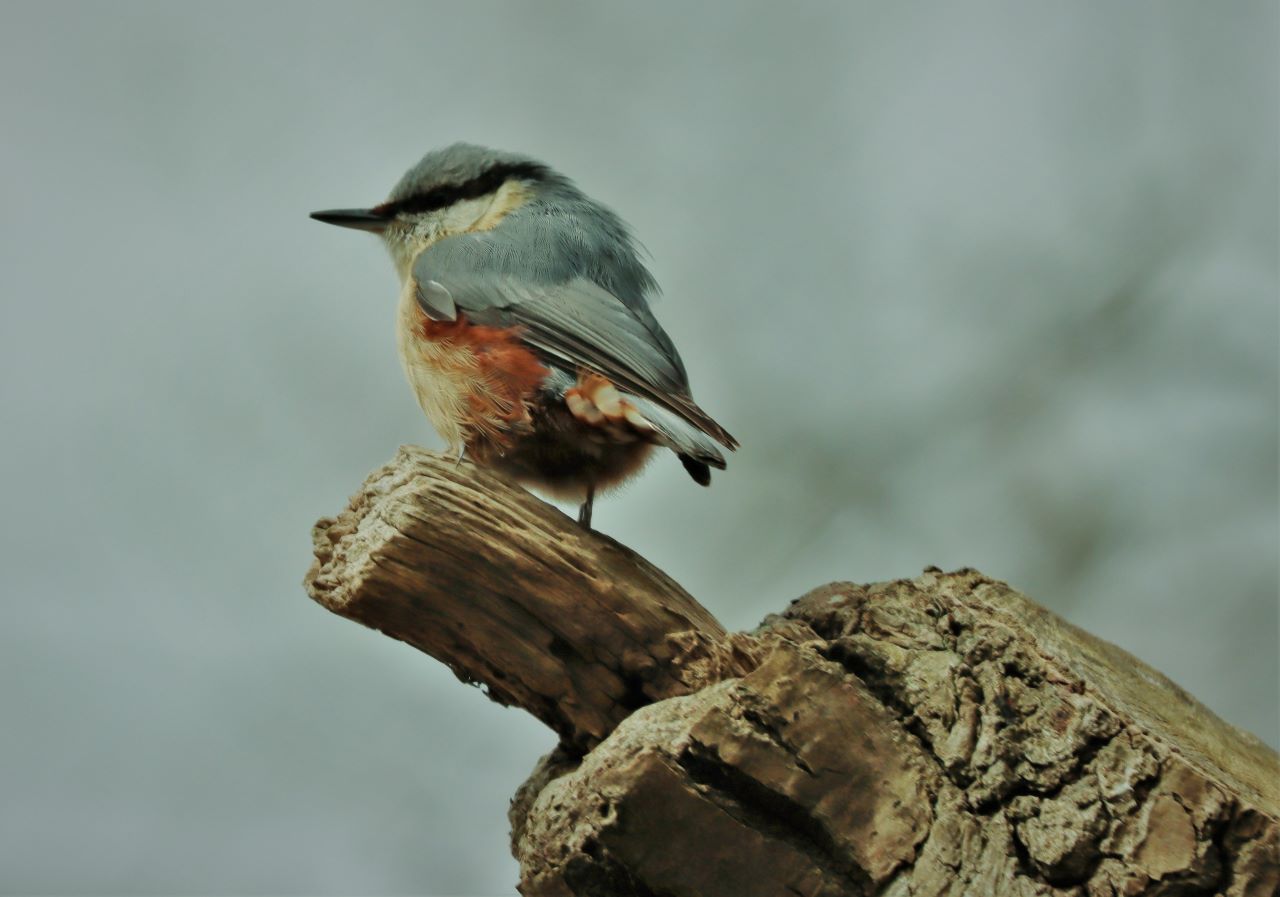

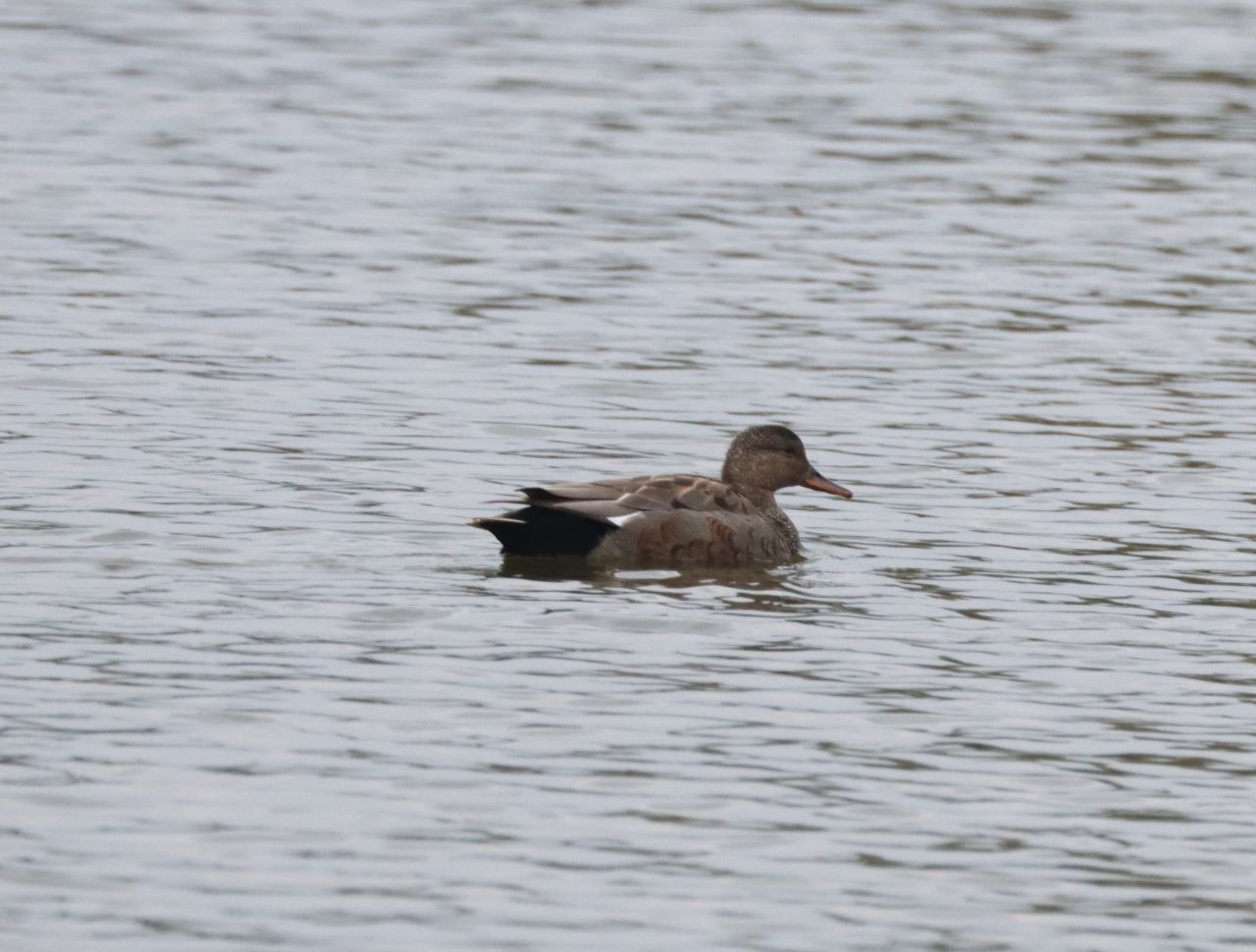
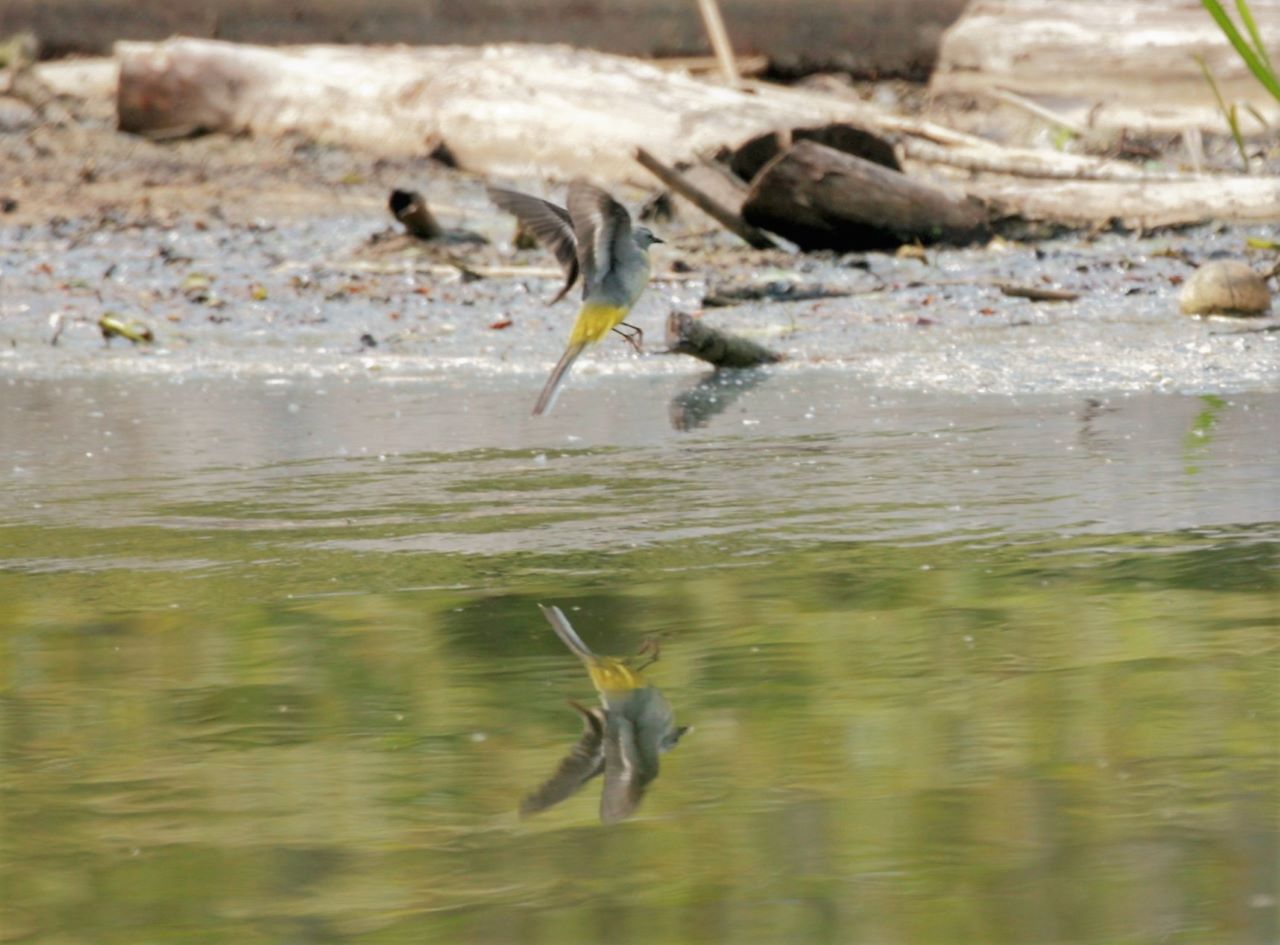
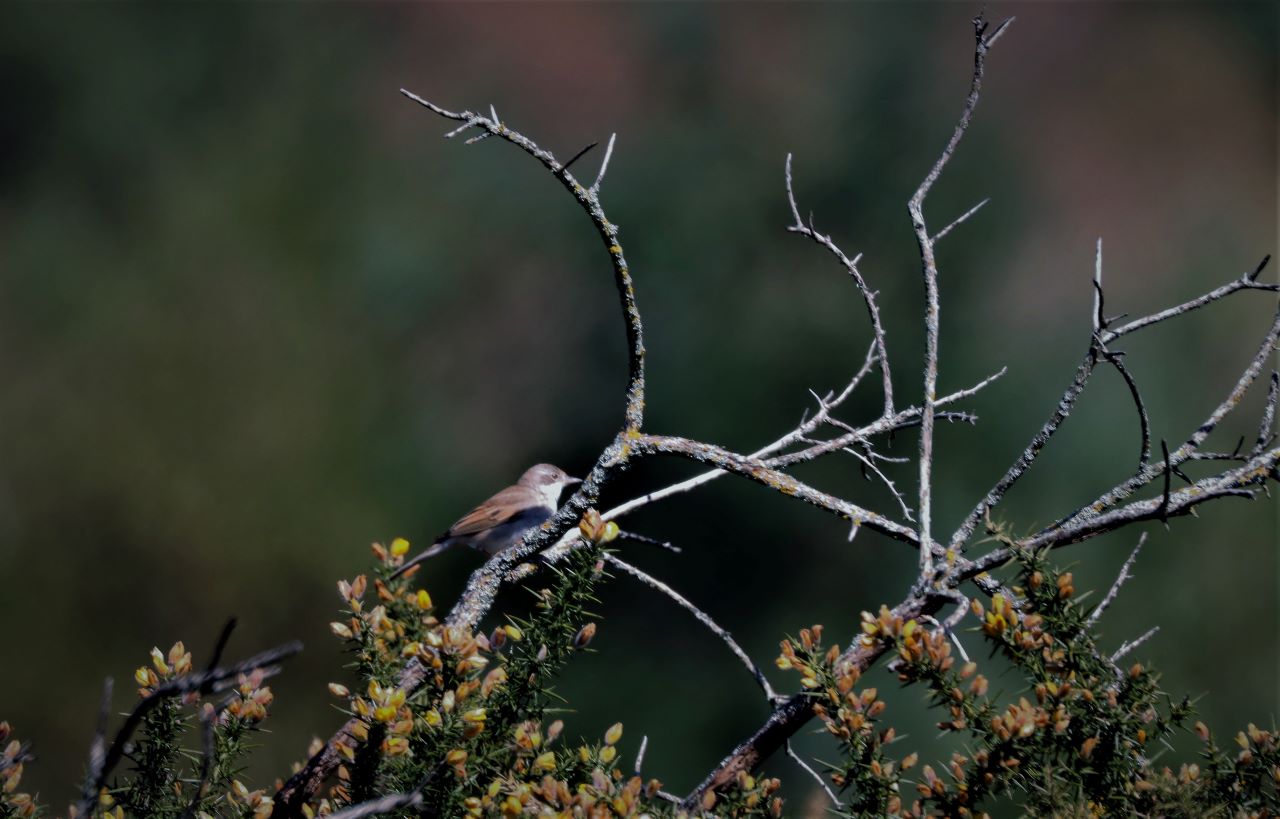


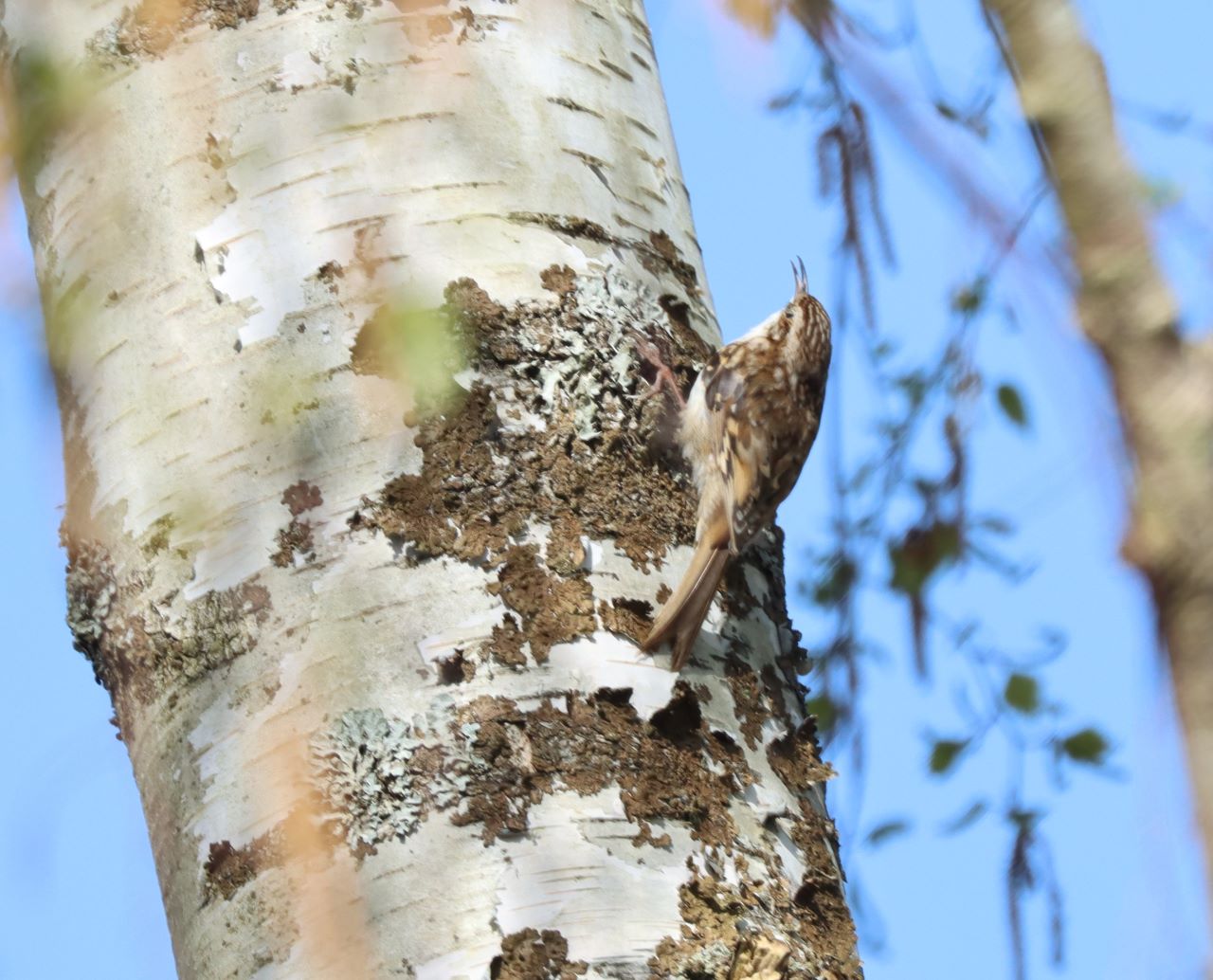
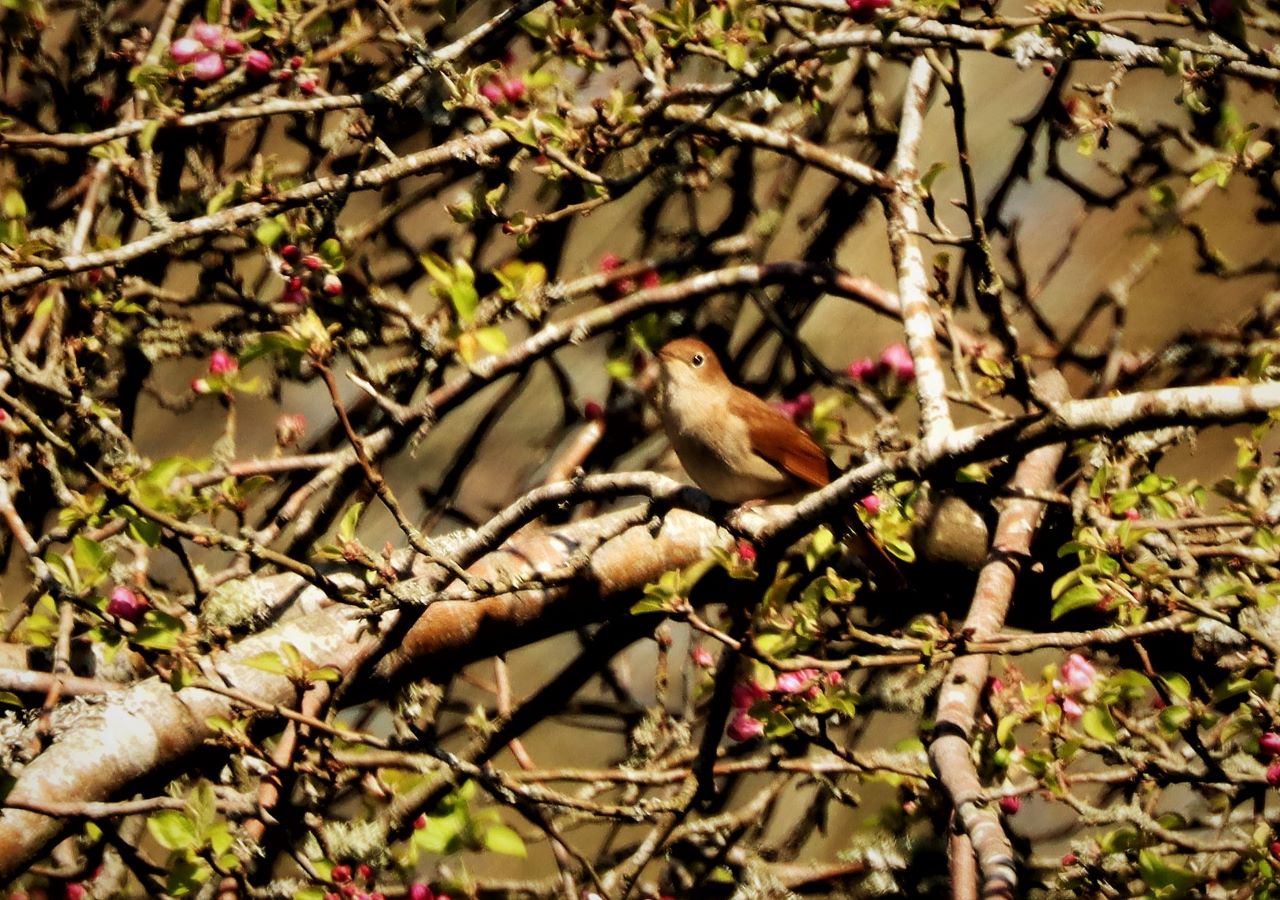
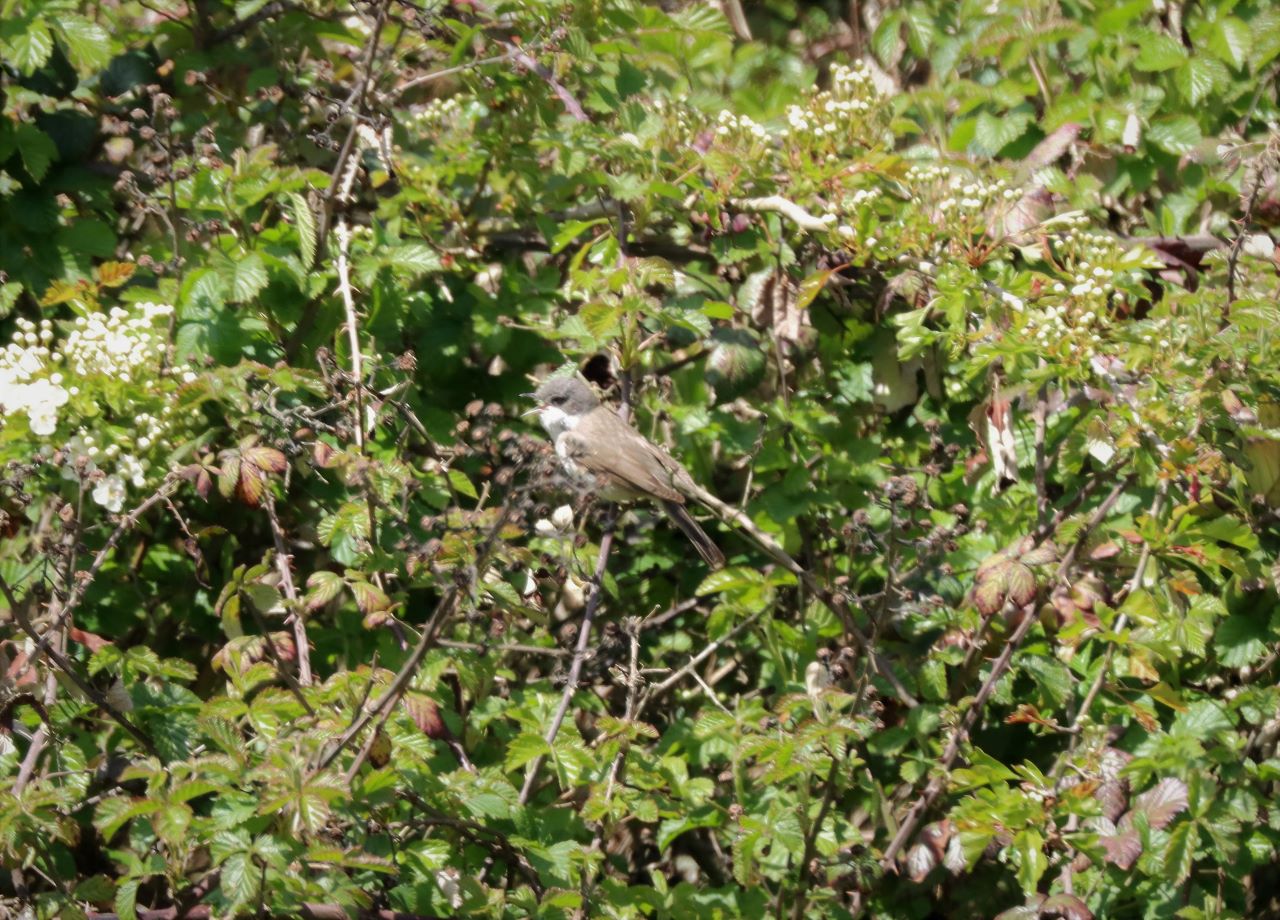


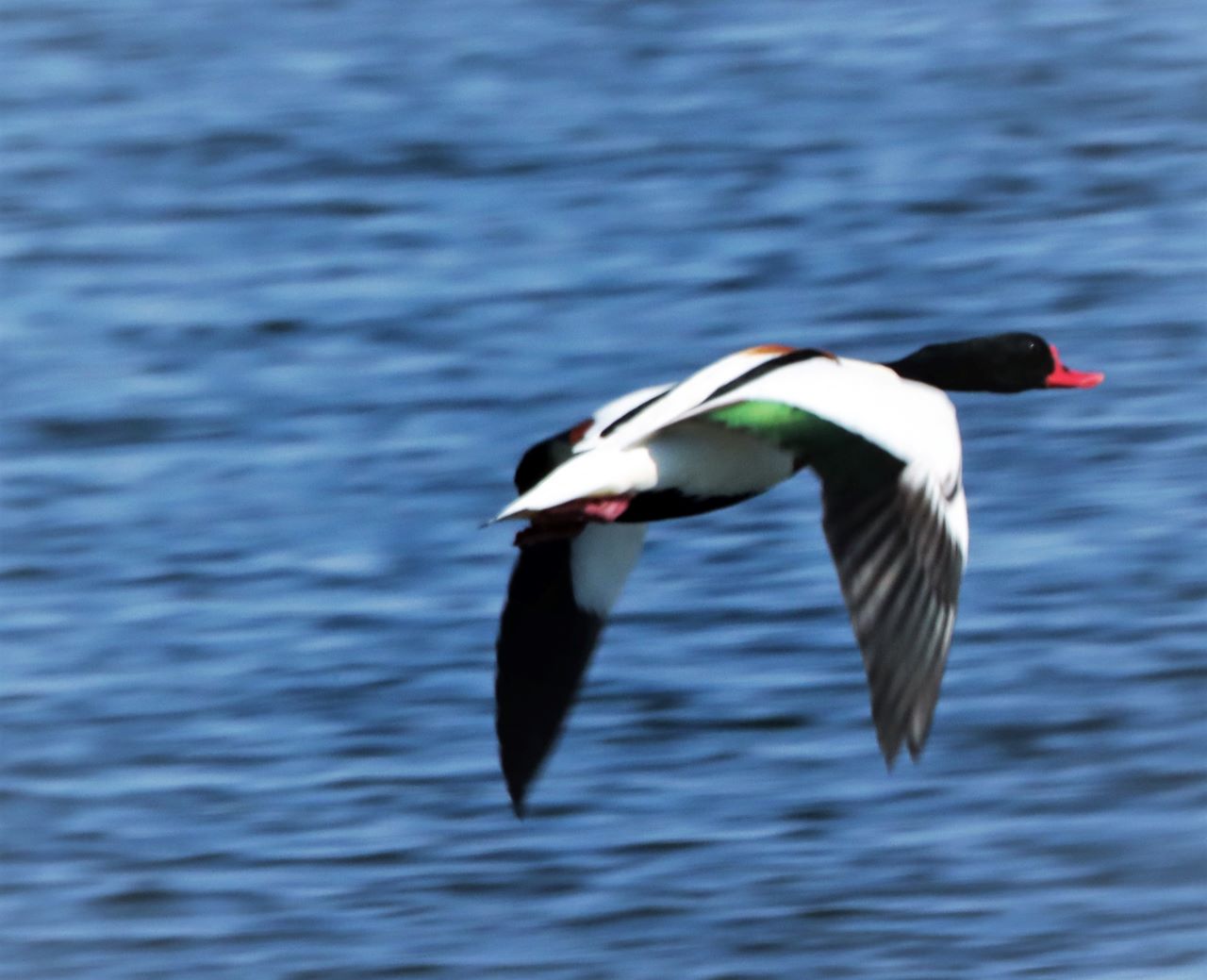
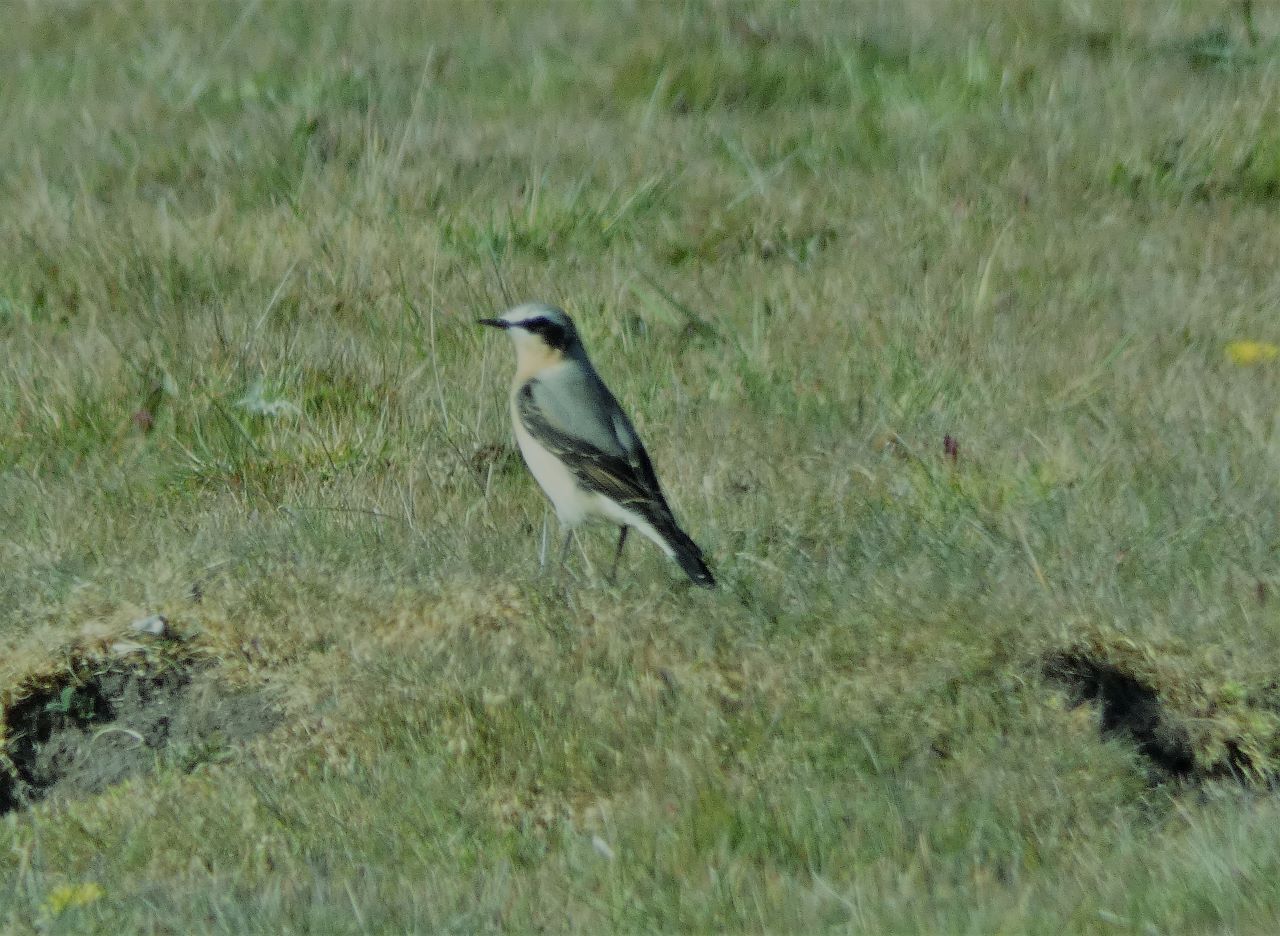
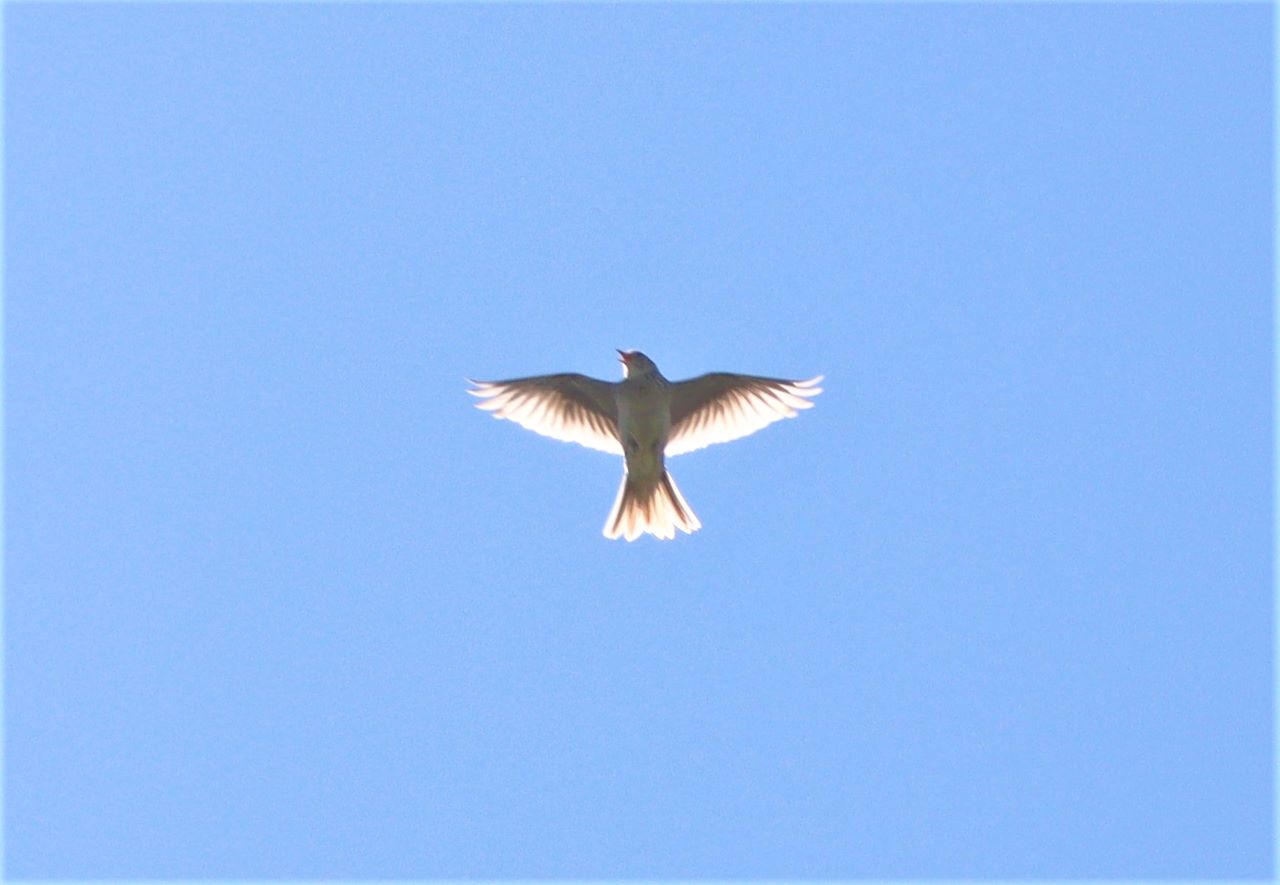
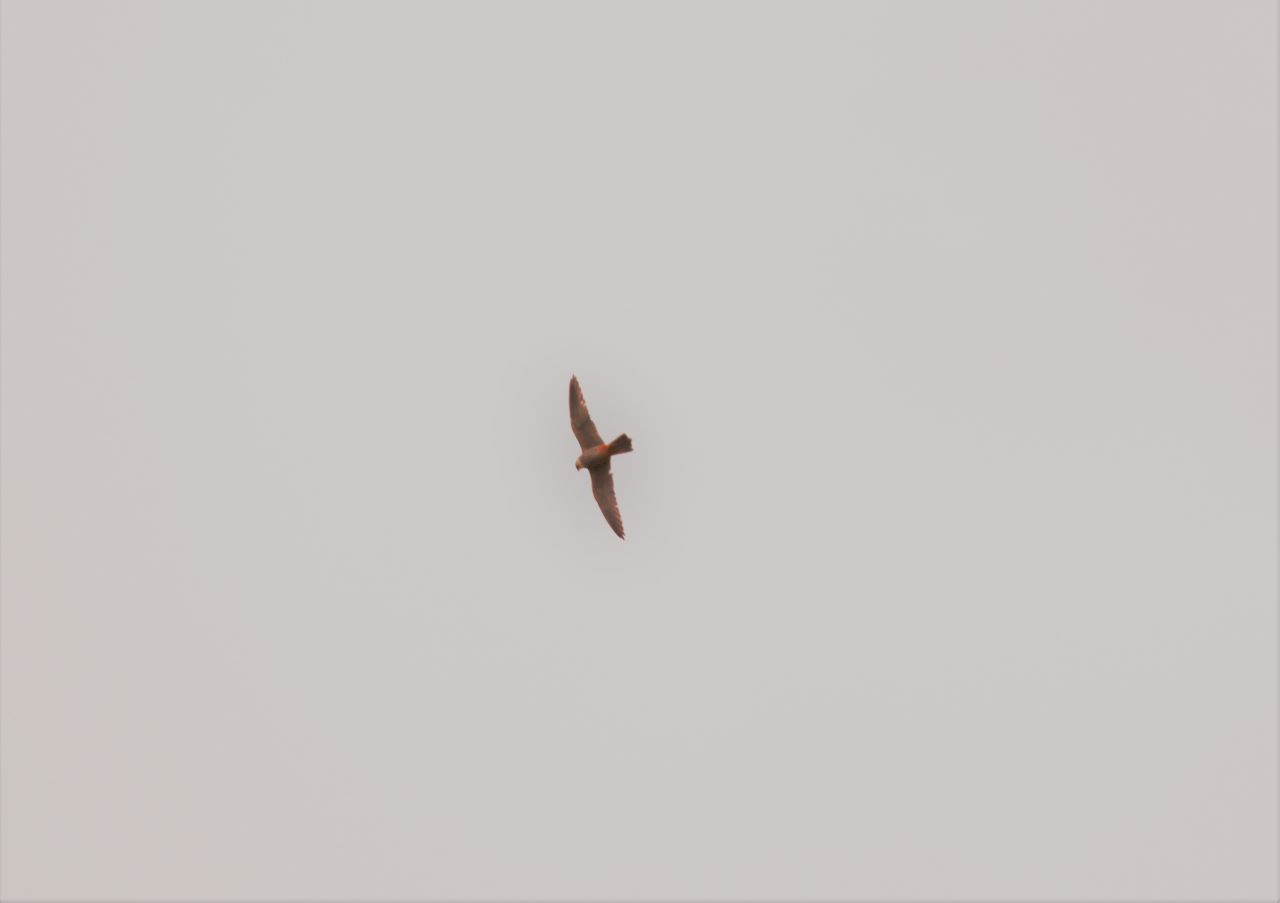
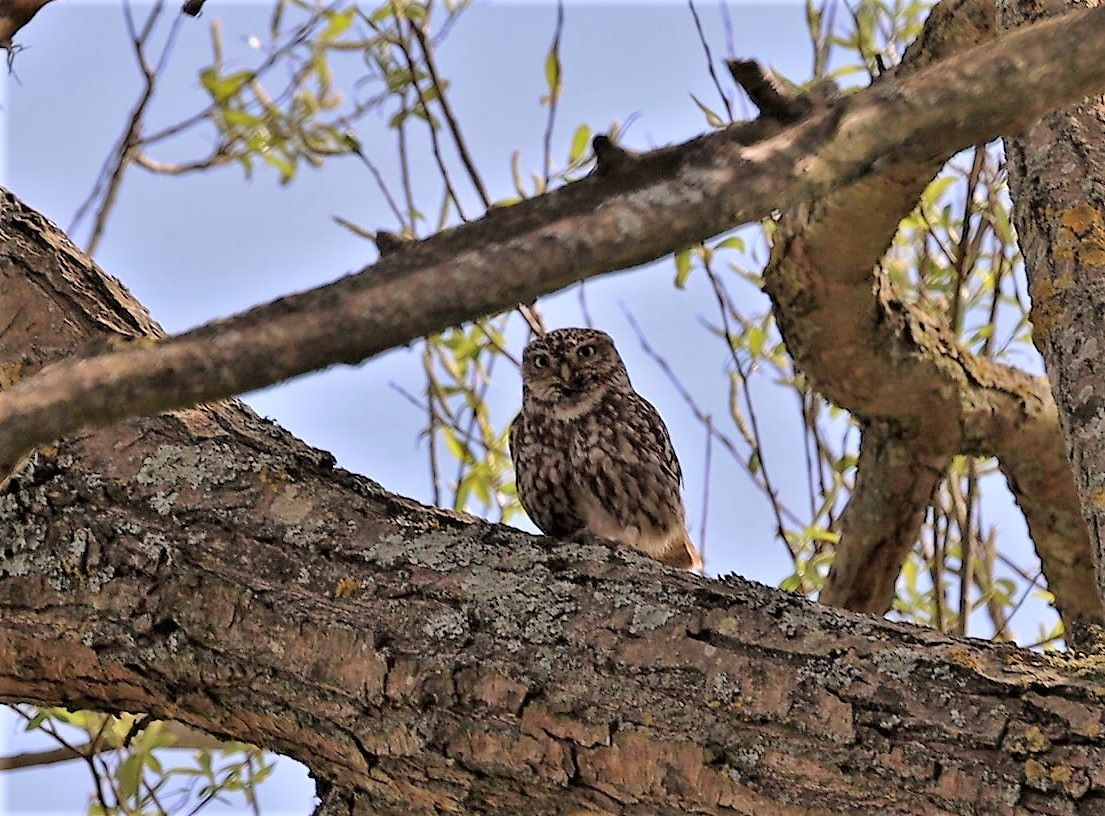
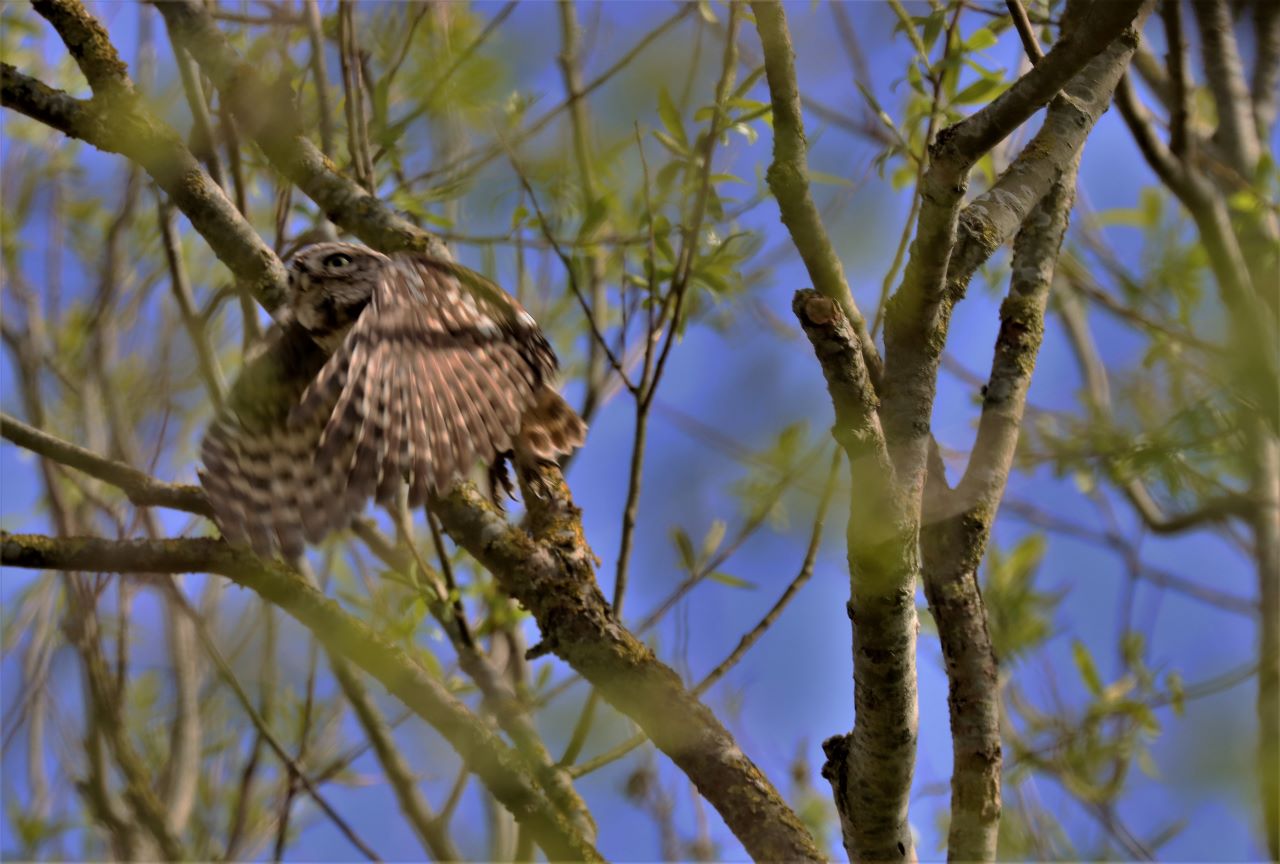
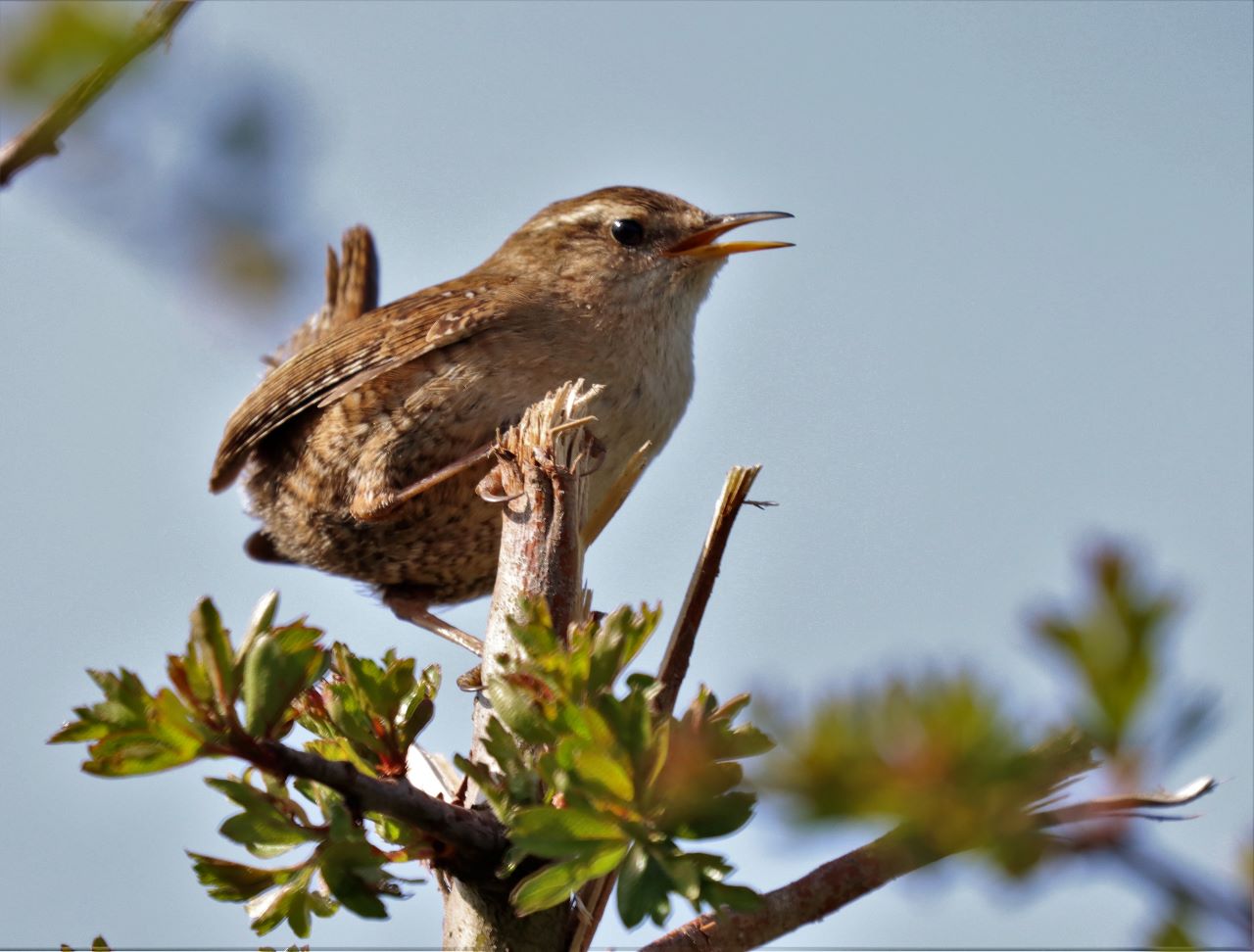






Recent Comments